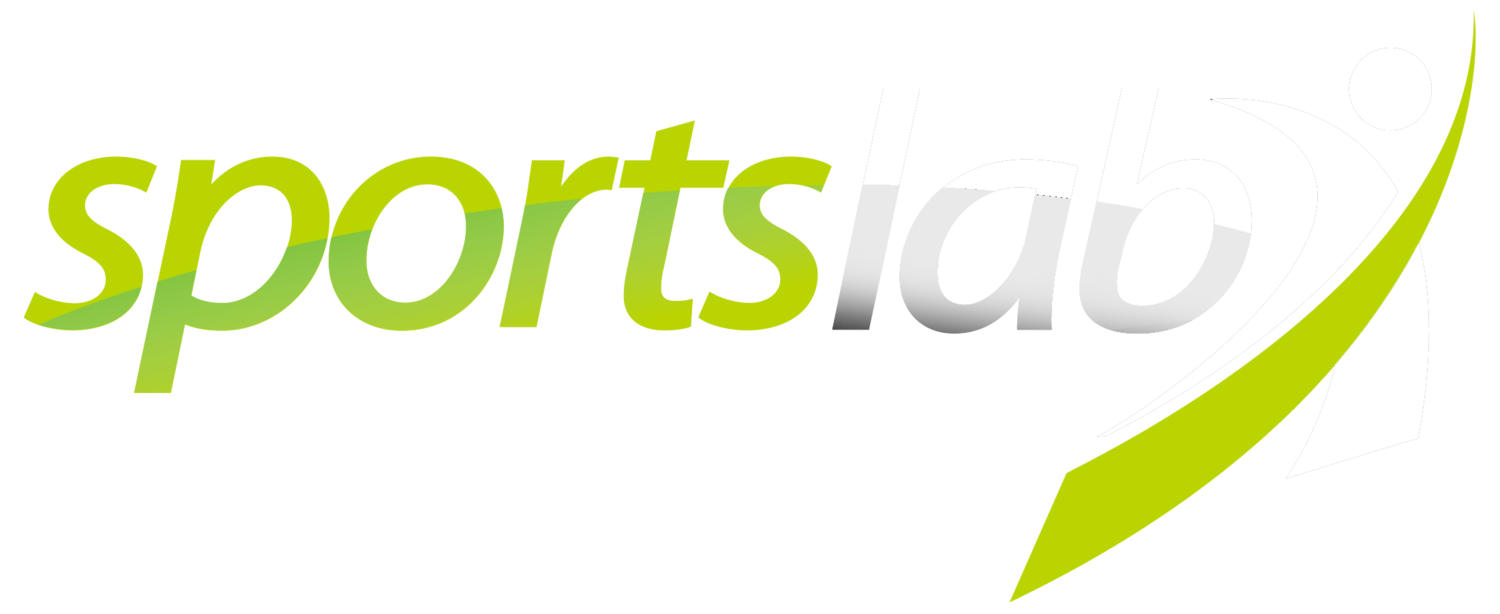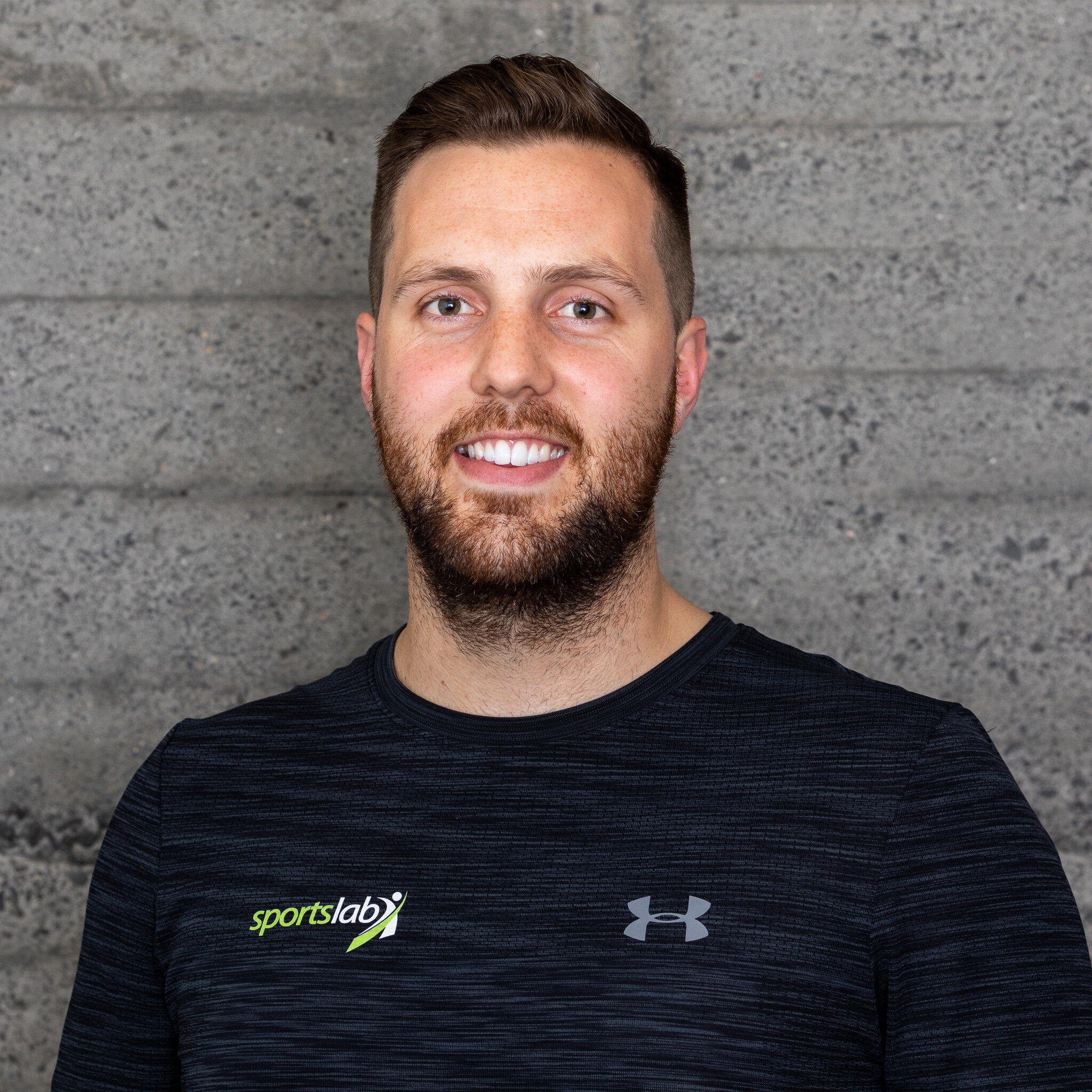World Iron Awareness Week
It’s world iron awareness week! So, what better time to investigate the world of iron. Let’s explore what it is, why we need it, and how red meat is not the one and only answer to getting enough intake.
Research commissioned by Food Frontier in 2019 found that 1 in 3 people within Aotearoa are consciously reducing their meat intake. For some, this means going full vegan/vegetarian, for others this may be consciously having one meat free meal a week. I’m sure we can all think of some documentaries that may be helping to fuel this, as well as pressing environmental factors, influencers and clever marketing from the food industry promoting ‘plant-based’ foods. From a nutrition standpoint, there is nothing wrong with incorporating more vegetarian dominated meals into your weekly food consumption. In fact, it could be a chance to explore your tastebuds, improve your relationship with food and re-spark your joy of cooking. However, it is important to remember that, just like in meat consumption, a mis-informed and unprepared plant-based lifestyle can cause negative health impacts.
Why Do We Need Iron?
This wonderful micronutrient is important for many of our body’s functions. It has an important role in the transportation of oxygen around the body, it has a role in supporting connective tissue and particularly bone health, it helps our immunity and is important in brain function.
As iron is found in many enzymes associated with energy production and immune function, when iron stores are depleted, there may be declines in mood, motivation and some fatigue associated with these changes.
This is representative of our iron requirements at different life stages:
Sources of Iron
When most people think of where to get their iron from, they think of red meat. However, there is more than one type and source of iron. The iron that is naturally found within red meat, fish and poultry is called haem iron. 15-35% of haem iron can be absorbed. This form of iron is more readily absorbed by the body in comparison to the other main form, non-haem iron. Non-haem is your plant-based iron and is not found in meat-based products. For most people, this is the type of iron they consume the most of. It is found in plant sources such as vegetables, fruits, legumes, nuts, seeds, and the likes. However, even though non-haem iron is the most consumed type of iron there’s only a 2-20% absorption rate.
What Does This Mean For Plant-Based Diets?
For those of you who are on full or partial plant- based diets, and removing foods such as red meat, fish, poultry, and eggs, sorry to tell you, but spinach alone is not going to maintain your iron needs. But that doesn’t mean that you can’t successfully achieve your iron needs in a plant-based diet.
The number of variations of what a plant-based lifestyle is, is so vast that it is important to understand what key sources or iron are available to you and how you can you structure your intake to meet your needs.
Here are three easy ways to help increase your iron levels on a plant-based lifestyle:
1. Iron rich foods that aren’t meat, fish or poultry
Include frequent sources of foods throughout your day that have relatively high quantities of non-haem iron such as tofu/soy products, baked beans, lentils, eggs, silverbeet, brown-rice, oats, cornflakes, iron fortified foods, pumpkin seeds, walnuts, and pinenuts.
2. Eat Your Vitamin C!
Now please, don’t rush out and buy a vitamin C supplement. But do include a range of foods high in vitamin C in your diet, to help increase the absorption of iron.
Foods that are good sources of vitamin C that you can include before or during your meal is kiwifruit, citrus fruits, pineapple, feijoa’s, orange juice, capsicum, tomatoes, broccoli, and cauliflower. So not only is it important to have a range of iron containing foods at mealtime, but it is also important to pair those with a vitamin C source. Fun fact: 50mg of ascorbic acid (vitamin C), found in half an orange, can increase iron absorption threefold!
3. Beware of Foods That Can Inhibit Your Iron Absorption
Just like vitamin C can aid in iron absorption, there are foods to be aware of that inhibit non-haem iron absorption. Some of the main inhibitors are the polyphenols that you will find in coffee, tea and wine (I know, all the good stuff!), but that doesn’t mean you should avoid these from your lifestyle. Instead aim to have your coffee and tea 1 – 2 hours before or after your meals! Polyphenols and phlytates (typically found in wholegrains, legumes and nuts) affect non-haem iron absorption in a dose dependant manner. I.e., the more you have, the greater the effect on iron absorption.
Calcium is a micronutrient that has a lot of important roles within the body like helping build bones (yes that is true and not a myth developed by the food industry). Calcium should be an inclusive part of your diet; however, it is known to inhibit both haem and non-haem iron absorption. So having a glass of milk with a high iron meal may not be the best idea. However, if high iron food is eaten with vitamin C, then this has shown to reduce the effect of the inhibitors. Eat your iron fortified cereal in milk with some kiwifruit and strawberries, to ensure you get the iron from these cereal sources (as well as the benefit of the calcium).
Final thoughts on those at risk of iron deficiency
At the end of the day, it is important to understand that those who follow a plant-based lifestyle can be at higher risk of low iron intake when the food that is consumed is not well prepared. Outside of diet, there also needs to be awareness of other factors which increase your iron demand such as adolescent boys and girls, and pregnant females. The table above shows the amount of iron needed for specific individuals. You will see that the levels are high for infants, children and teenagers who are needing iron to support the level of growth for their life stages. Furthermore, girls and women’s levels stay higher till after menopause to help with blood loss through menstruation. (Blood loss and blood donation are cited as key factors for iron deficiency as you are losing Hb which is where the majority of iron in our body is found). This value for females also increases in pregnancy to support the growth of the infant within the womb. Finally, it is important to consider that athletes and active individuals are also at risk of low iron. Athletes experience higher iron loss due to cumulative exercise induced mechanisms over time including sweating, gastrointestinal bleeding, hemolysis (red blood cell break down with foot strike). If an athlete doesn’t increase their iron intake they will likely, over time, deplete their iron stores and, if uncorrected, can progress to more severe iron deficiency.
If you are concerned about your iron levels, reach out to your GP to get a blood test. If you are concerned about whether you are getting enough iron into your diet, contact a registered nutritionist or dietitian to help guide you to create sustainable solutions to reach your iron needs.
Eliot Fenton is a Sports Lab nutritionist who is passionate about food as fuel and food as enjoyment. He is currently completing his Master’s in dietetics.



